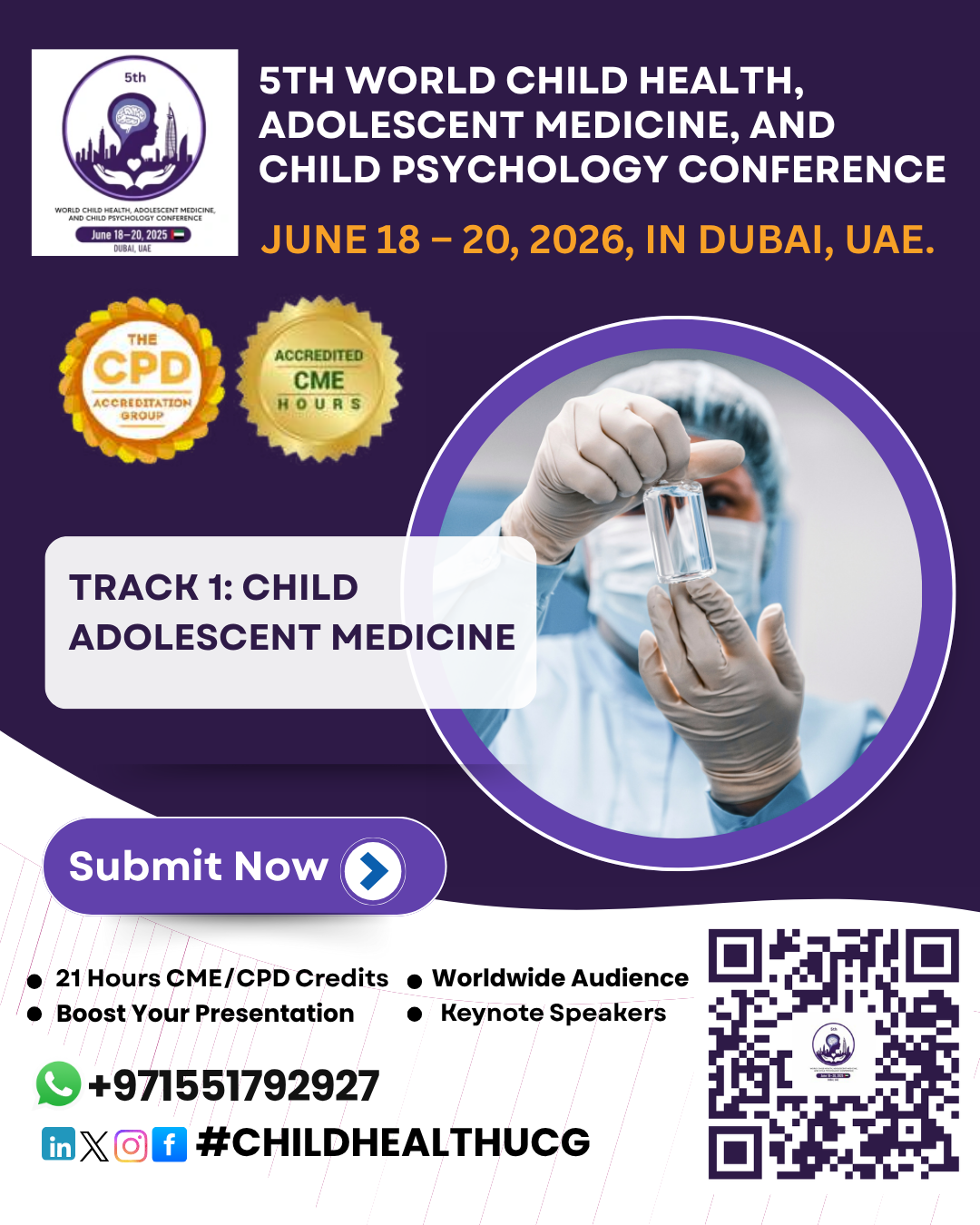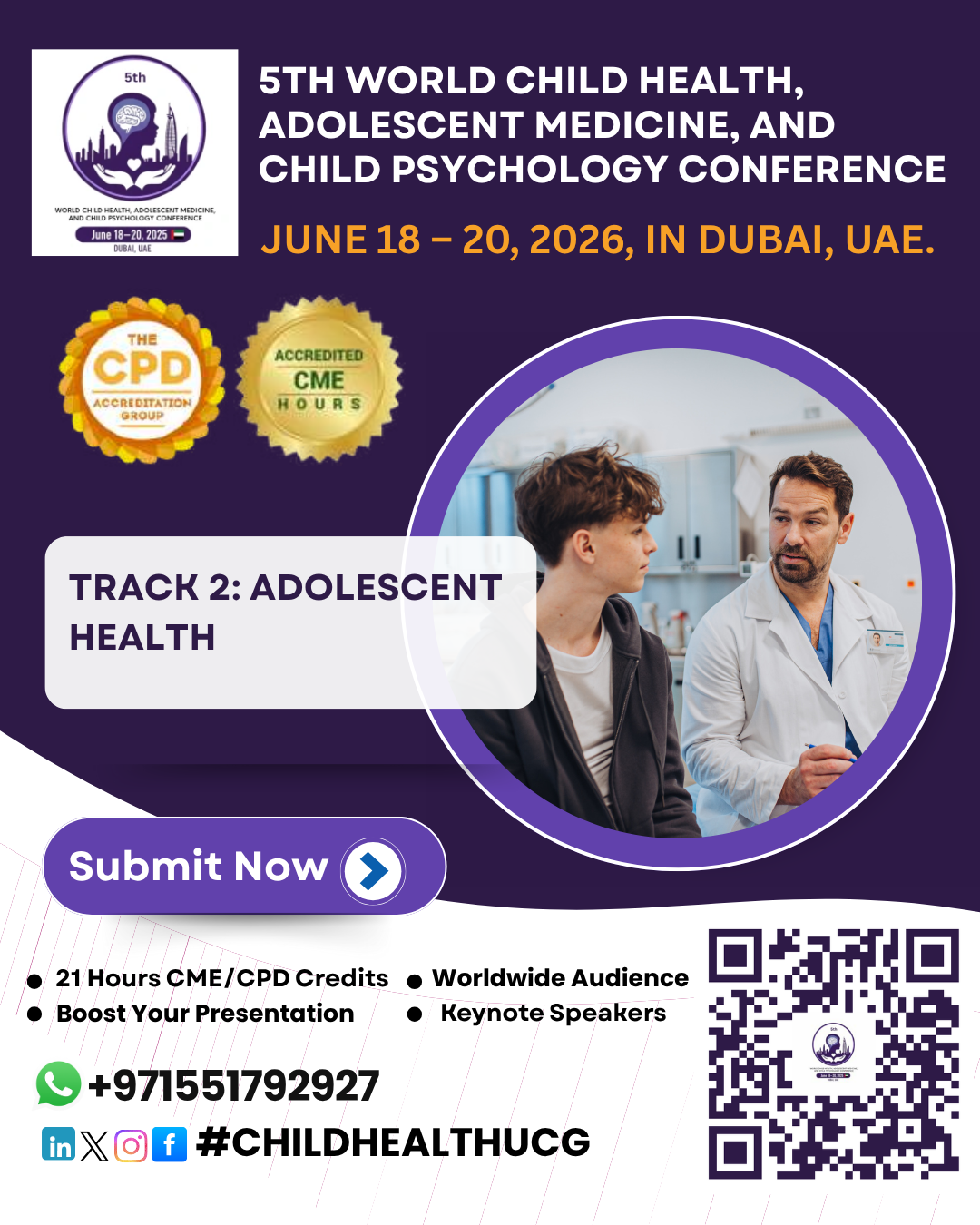



Sub Topics:
Adolescent Health, Pediatric Cardiology, Pediatric...

What is Adolescent Health?
Adolescent health focuses on the physical, mental,...

Pediatric mental health emergencies are increasingly recognized as critical situations that require immediate attention, compassion, and multidisciplinary intervention. Among the most concerning are suicidal ideation and panic attacks, both of which can have life-threatening or long-term consequences if not promptly and appropriately managed.
Definition:
Suicidal ideation refers to thoughts, plans, or desires to end one’s own life. It can range from fleeting thoughts of death to detailed plans for suicide.
Causes and Risk Factors:
Psychiatric disorders: Depression, anxiety, bipolar disorder, substance use.
Psychosocial stressors: Bullying, family conflict, academic pressure, trauma, or abuse.
Biological factors: Family history of mental illness or suicide, neurochemical imbalances.
Digital and social media influences: Cyberbullying, social comparison, exposure to self-harm content.
Warning Signs:
Talking about wanting to die or expressing hopelessness.
Withdrawing from friends, family, or activities once enjoyed.
Drastic mood swings or behavioral changes.
Giving away possessions or writing goodbye messages.
Sudden calmness after a period of depression (can indicate a decision to attempt suicide).
Emergency Management:
Immediate safety: Ensure the child is in a safe environment, remove potential means of self-harm.
Assessment: Evaluate suicide risk, intent, and presence of a plan using validated screening tools (e.g., Columbia-Suicide Severity Rating Scale).
Crisis intervention: Provide empathetic support, avoid judgment, and ensure constant supervision.
Referral and follow-up: Involve mental health professionals—psychiatrists, psychologists, social workers—for therapy and possible pharmacologic treatment.
Family involvement: Educate and engage parents/guardians to create a supportive and safe home environment.
Definition:
A panic attack is a sudden episode of intense fear or discomfort accompanied by physical and psychological symptoms that peak within minutes.
Common Symptoms:
Rapid heartbeat, sweating, trembling.
Shortness of breath or feeling of choking.
Chest pain or nausea.
Dizziness, chills, or tingling sensations.
Fear of losing control or dying.
Causes and Triggers:
Anxiety disorders or family history of panic disorder.
Stressful life events or trauma.
Medical conditions (thyroid issues, hypoglycemia).
Substance use or withdrawal.
Emergency Management:
Calm reassurance: Stay with the child and speak softly; reassure them that the episode will pass.
Breathing techniques: Encourage slow, deep breathing to reduce hyperventilation.
Safe environment: Move the child to a quiet, comfortable space.
Rule out physical causes: Assess vital signs and exclude medical emergencies like asthma or cardiac conditions.
Post-episode care: Offer psychological support and refer for evaluation of anxiety or panic disorder if recurrent.
Implement screening programs in schools and pediatric clinics for early detection.
Establish crisis intervention protocols and referral pathways.
Train teachers, parents, and healthcare staff to recognize early warning signs.
Encourage open communication and destigmatize mental health discussions among youth.